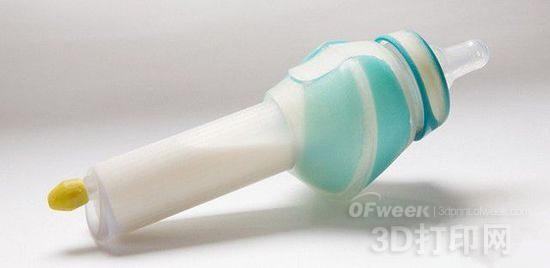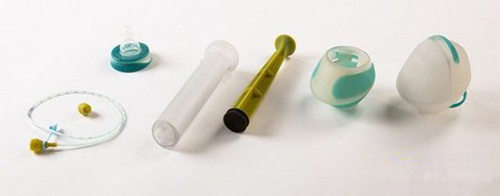It is estimated that around 15 million premature births occur globally each year, making up about 10% of all newborns. Tragically, approximately 1 million of these infants die due to complications related to preterm birth. Many who survive face long-term challenges such as learning disabilities, vision or hearing impairments, and other health issues. As a result, preterm birth has become the leading cause of newborn mortality worldwide, with the majority of cases occurring in developing countries.

3D printed feeder FEEDER
Ravid Koriat Barkan, an industrial design graduate from the Bezalel Academy of Arts and Design in Jerusalem, was deeply moved by the statistics surrounding premature births. Determined to make a difference, she began exploring ways to support these vulnerable babies. Her inspiration came from a conversation with a hospital worker, which led her to focus on the challenges of breast milk collection and feeding in neonatal intensive care units (NICUs). This insight sparked the creation of the FEEDER — a 3D-printed device designed to simplify and enhance the process of handling breast milk for preterm infants. As part of her graduate research project, Ravid used PolyJet multi-material 3D printing technology from Stratasys to develop the FEEDER prototype. The system consists of a bottle and a syringe, enabling caregivers to deliver breast milk with high precision — a critical factor in the development of premature babies. The bottle allows direct feeding, while its design also supports connection to a feeding tube for more controlled administration.
White-Nano Mist Sprayer,Oxygen Sprayer,Nono Mist Sprayer,Portable Oxygen Sprayer
Shenzhen Shengkang Electronic Technology Co.,Ltd , https://www.shk-beauty.com